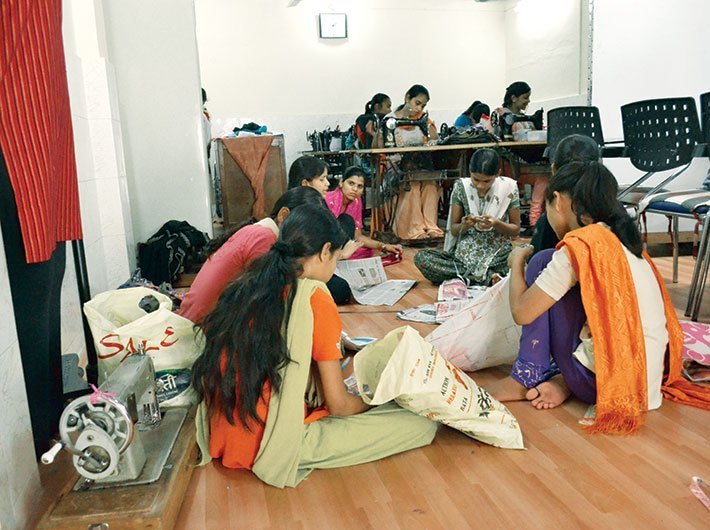There is low female labour force participation in India, said a World Bank report, which added that India has one of the lowest female participation rates in the world, ranking 120th among the 131 countries for which data are available.
World Bank’s India Development Report said that even among countries with similar income levels, India is at the bottom, together with Yemen, Pakistan and Egypt. Worse still, the rate has been declining since 2005. This is a matter of concern as women’s paid employment is known to increase their ability to influence decision-making within the household, and empower them more broadly in society as a whole.
In fact, less than a third or only 27 percent of women 15 years or older are working or actively looking for a job. Three of every five prime working age Indian women (26-45 years) are not economically active, meaning that they are neither working on a farm or in businesses nor are they earning any wage.
“This is a cause for concern since higher labor earnings are the primary driver of poverty reduction. It is often argued that declining female participation is due to rising incomes that allow more women to stay at home. The evidence, however, shows that fewer jobs in agriculture have not been replaced by alternative jobs considered suitable for women,” said Junaid Ahmad, World Bank country director in India.
In fact, at 42 percent, India has some of the highest share of graduates in science and technology among the comparator countries like Indonesia or Brazil, but only 34 percent of women with a post-secondary degree are in the labour market.
“India’s female labour force participation rate is uniquely low for all levels of education. Sixty five percent of Indian women with college degrees are not working whereas in Bangladesh 41 percent and in Indonesia and Brazil only 25 percent of women graduates are not working,” said Frederico Gil Sander, senior country economist and the main author of the India Development Update.
India has only created jobs equivalent to 0.9 percent of the adult population between 2005 and 2012 and most of these regular wage jobs created went to men. Also, in Bangladesh 33 percent of its labor force working in industry are women whereas in India it’s only about 17 percent, the Update said. This reflects the importance of the government’s recent package for the labor intensive garment and textile industry, which tends to create jobs for women.
According to an assessment done by the World Bank, India’s potential GDP growth can go up by a full percentage point if half the gap in female labour force participation rate with Bangladesh or Indonesia, is closed.
The key to close the gender gap is to create more jobs, especially regular salaried jobs that are flexible and can be safely accessed by women, the Update added.
The report goes on to say that India remains the fastest growing economy in the world - economic fundamentals are strong, and reform momentum continues. GST is on track for implementation in the second quarter of the fiscal year, and is expected to yield substantial growth dividends from higher efficiencies, and raise more revenues in the long term.
While, agriculture growth delivered in 2016-2017, the report noted that investment growth remains subdued, partly because of banking sector stress.
The report said the fundamentals of the Indian economy remain strong, with robust economic growth, strong fiscal consolidation, low current account deficit, higher agricultural output, growing FDI, low inflation and higher wages in rural areas. Favourable monsoons boosted agriculture and rural consumption, while urban consumption remained robust and exports rebounded in the third quarter of 2016-2017.


